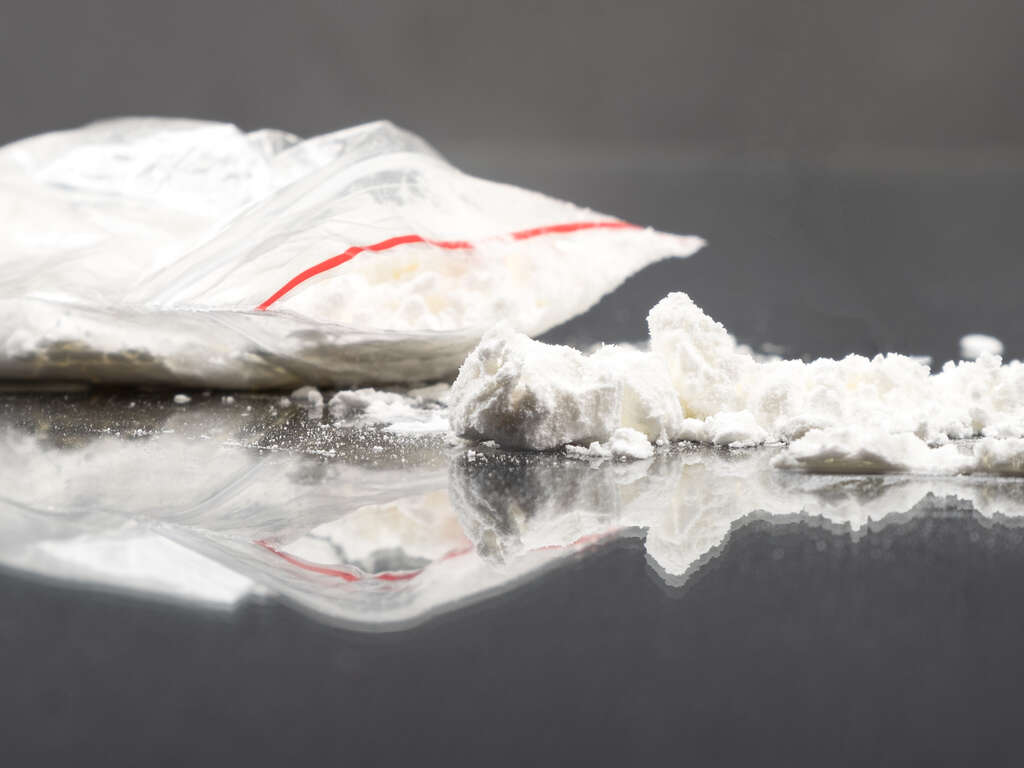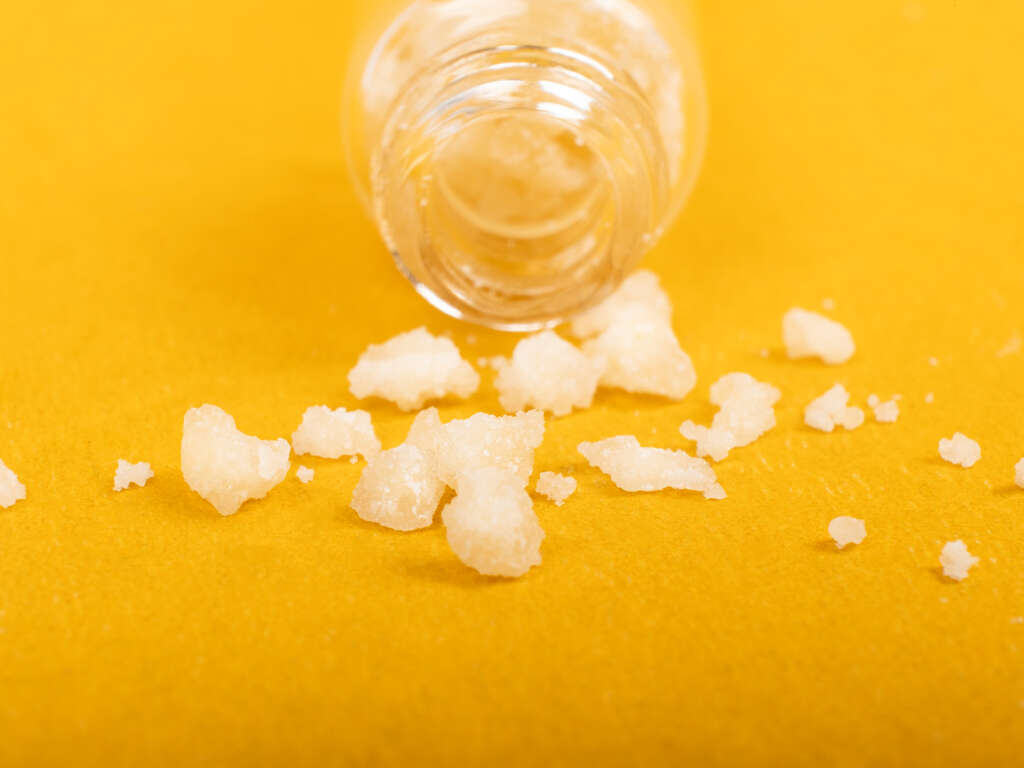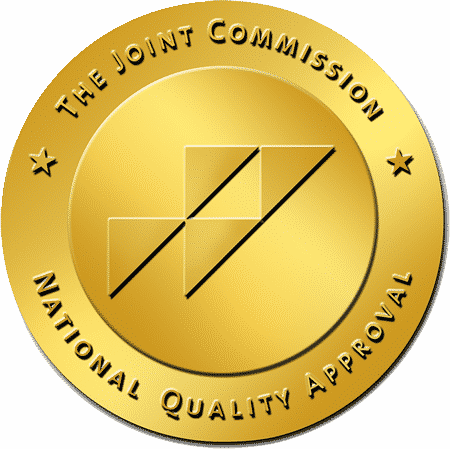Crystal methamphetamine (ice) is a pure form of methamphetamine hydrochloride and is very dangerous because of this purity, low price, and easy accessibility. It gets the nickname ice from the crystals’ glass-like appearance. It has a strong smell and a bitter taste. Ice is addictive and can cause long-term damage to the brain and body. Its use can lead to paranoia, anxiety, and psychosis. The effects are often extreme and unpredictable. Crystal Meth is typically smoked in glass pipes or injected. The effect of either is much more intense than that from ingestion.
What is in Crystal Meth?
The main ingredient in this form of methamphetamine is either pseudoephedrine or ephedrine, which are found in cold medicines as a treatment for congestion. Other potential ingredients include household chemicals like ether, paint thinner, acetone, anhydrous ammonia, drain cleaner, iodine crystals, battery acid, red phosphorus, and lithium.
Meth Production Overall is Booming
A booming illegal methamphetamine industry led the federal government to place tighter controls on the sale of cold medicines containing pseudoephedrine or ephedrine. As a result, a large amount of production moved to Mexico. The National Institute on Drug Abuse (NIDA) says most methamphetamine is now made in Mexican “super labs,” and it is pure, powerful, and cheap. Crystal methamphetamine and other forms are made from this base product. Producing meth has a substantial risk because the chemicals are toxic and the gases its production releases may explode.
What are the Effects of Ice?
Crystal meth causes a quick, powerful rush as dopamine floods the brain centers for pleasure. Users also feel energetic and confident. Unfortunately, addiction can also happen quickly, sometimes for one-time users. Also, users anxious to experience that rush again, will do anything for another fix. Its adverse effects, include increased heart rate, stroke, seizures, mental health problems, and death. It may also cause extreme paranoia. It takes about two days to leave the body and can affect a person’s everyday activities.
Crystal Meth is Extremely Addictive
Crystal meth is an extremely addictive stimulant, with potential to cause drug addiction in a single use. It produces a rush of dopamine, the neurotransmitter responsible for feelings of pleasure, motivation, learning, and reward processing. Because this rush is higher than the natural levels of dopamine in the brain, meth users often continue to use the drug in order to produce the brain chemical and chase that high.
What is Dopamine?
Dopamine is a major chemical messenger in the reward pathway of the brain. It is released in a brain region for remembering pleasurable activities and in the prefrontal cortex, which controls higher cognitive functions like decision-making and self-control.
Are Crystal Meth and Ice the Same?
Yes. Ice (aka glass or crystal meth) refers to meth in the form of clear crystal chunks or shiny blue-white rocks.
Ice Withdrawal
Ice withdrawal symptoms typically occur within 12 hours of the last use. These symptoms will peak in intensity and then subside over a period of three to four days.
Withdrawal Symptoms of Ice
- Nausea, vomiting, and diarrhea
- Dry mouth and bad breath
- Sleep problems
- Enlarged pupils
- Intense high
- Anxiety and depression
- Blurred vision
- Paranoid delusions
- Increased sex drive
- Severe headache
- Kidney problems
- Dental problems
- Violent behavior
- Seizures
- Overdose and death
Long-Term Health Effects of Ice
Ice can cause serious health problems such as strokes and convulsions. The physical effects such as extreme weight loss, reduced appetite, nasal passage problems, dental problems, increased heart rate and blood pressure can make one’s body unrecognizable from its previous appearance. The psychological consequences are devastating. Ice affects the user’s mental health. Taking Ice via ice pipes, or snorting can cause paranoid delusions, ice psychosis, and lasting psychological health issues.
What is Meth Mouth?
Crystal meth and other forms of the drug severely damage users’ teeth for several reasons: + Meth is acidic + It dries the mouth and there is less saliva to protect teeth + Users crave sugary drinks + Users tend to grind and clench their teeth + Users are less likely to tend to personal hygiene, including brushing their teeth.
Chronic Use Causes Psychological Damage
Long-term users of methamphetamine may exhibit excessive anxiety, mood disturbances, confusion, sleeplessness, and violent behavior. Paranoia, hallucinations, and delusions are among the possible psychotic results. These symptoms can last for months or years after cessation of methamphetamine use. Stress may precipitate their spontaneous recurrence.
Ice Epidemic
While methamphetamine has been a major problem in the U.S. for years, the ice epidemic has recently increased in intensity and number. Because ice is so powerful, it has the potential to outperform speed or crack. It is a dangerous drug that destroys lives and communities. Users can experience difficulty sleeping, violent behavior, and heightened agitation, aggression and even ice psychosis.
Ice Use Doubles
NIDA reported that the number of people who used crystal methamphetamine at least once in their lifetime doubled from 1.3 million to 2.6 million between 2006 and 2016. In the same report, the percentage of people who had used crystal meth at least once in the year before also doubled.
Who is Using Ice?
All ages use crystal methamphetamine, but it is difficult to determine the demographics and accurate data because surveys often to not distinguish between ice and powdered forms of meth. It is gaining popularity as a “club drug” and with teenagers. A University of Michigan Monitoring the Future Survey said five percent of U. S. high school seniors used it at least once in their lives.
Is Crystal Meth Illegal?
Yes, under the Controlled Substances Act, it is classified as a Schedule II drug with the potential for severe psychological or physical dependence. Under Texas drug laws, possession of less than a gram of ice is a felony punishable by up to two years in jail and/or a fine up to $10,000. Penalties get more severe as the amount in possession increases.
Crystal Meth Has Many Nicknames
Other nicknames for crystal methamphetamine include:
- Blade
- Crystal Glass
- Hot Ice
- L.A. Glass
- Quartz
- Shabu
- Shards
- Tina
Signs of Ice Drug Abuse
When abused, the crystal meth causes:
- Increased body temperature
- Decreased appetite
- Extreme weight loss
- Excessive sweating
- Insomnia or hypersomnia
- Increased sex drive
Mixing Ice with Other Drugs
It is common for people to mix Ice/crystal meth with other drugs. Combining drugs can create an intense high that lasts longer than if they are used separately. Popular combinations are crystal methamphetamine and alcohol, Xanax, cocaine, heroin, or with sexual enhancement drugs like Viagra for “chemsex.
Results of Mixing are Unpredictable
The effects of mixing meth and other drugs are unpredictable. Mixing crystal meth with alcohol can be dangerous because alcohol affects a person’s judgment and slows down reflexes. A person may make dangerous decisions like driving or swimming while under the influence.
Meth and Cocaine are Different
Methamphetamine’s mechanism of action differs from that of cocaine, but the overall stimulant effect of meth is similar. Methamphetamine effects persist for hours, whereas cocaine effects last minutes Unlike cocaine, methamphetamine is a synthetic compound and is manufactured in illicit laboratories within the United State.
Treatment for Meth Addiction
With access to effective treatments and support services for the many medical and personal problems resulting from long-term abuse, people can recover from methamphetamine addiction. Behavioral therapies have been successful in treating meth addiction. Cognitive behavioral therapy helps patients recognize situations which cause drug use and avoid them. Research on other new treatments is ongoing because of meth’s impact on the U.S. population.
Addiction Treatment at La Hacienda
Since 1972, La Hacienda Treatment Center has been helping people suffering from drug and alcohol use disorders get sober and start on the road to lasting recovery. Each patient receives a thorough assessment at the start of their stay. This allows the medical and clinical staffs to prepare an individual therapy plan based on evidence-based information. They also identify co-occurring disorders including other medical and mental health issues and determine the best course of action. Before completing treatment, La Hacienda continuing care staff help patients to prepare a short-term plan including arrangements for sober living, outpatient therapy, support groups in their home area, and other resources and support services.
Drug and Alcohol Treatment Options
- Individual counseling
- Group counseling
- Didactic groups
- Therapeutic activities Including a ROPES course
- Big Book Studies
- Family program
- On- and off-campus 12-Step meetings
- Interactive therapeutic milieu
Call Today for Information
If you or someone you love or know needs help with chemical dependency, call one of our on-campus admission specialists at (800) 749-6160.

Flakka
Flakka is a stimulant that is chemically similar to amphetamine and can be found in the form of a crystal or powder. It is a highly addictive designer drug that belongs to a group of drugs called synthetic cathinones.

Synthetic Cathinones (Bath Salts)
Synthetic cathinones (Bath Salts) are a class of psychoactive drugs that are chemically similar to amphetamines. They are part of a group of drugs called new psychoactive substances (NPS). They are derived from the khat plant.

Kratom
Kratom is a plant that grows in Southeast Asia. Its leaf can be chewed fresh or dried and smoked or it can be boiled into a tea. It is used for the treatment of chronic pain, anxiety, depression, and addiction. Side effects are not well known but it is known to cause increased urination at high doses.

Bath Salts Drug
Bath salts are an extremely dangerous synthetic cathinone. They can be very dangerous and are often labeled “not for human consumption.” Although the use as dropped significantly in recent years, this synthetic drug remains highly accessible to young adults and adolescents.




